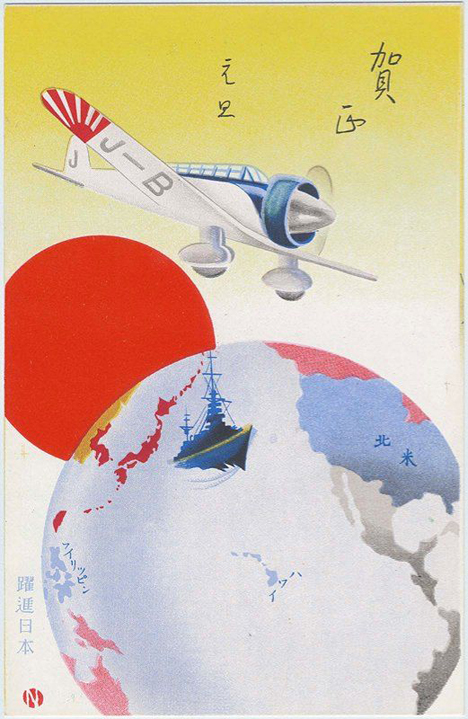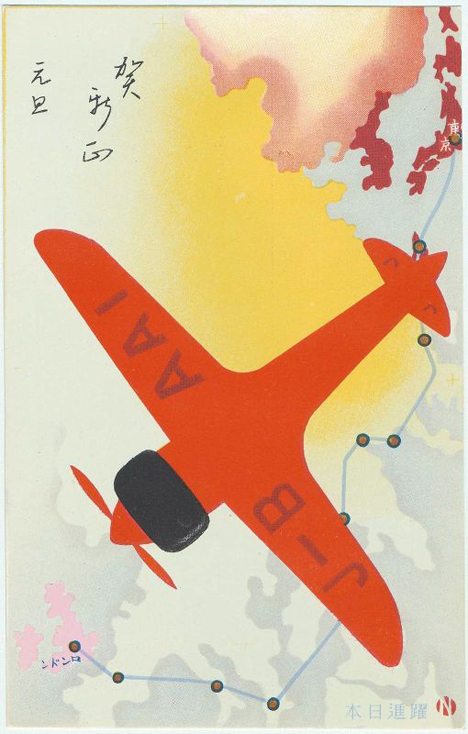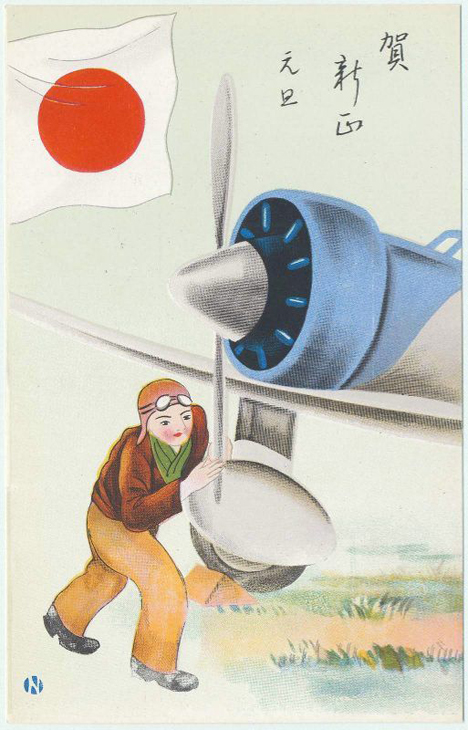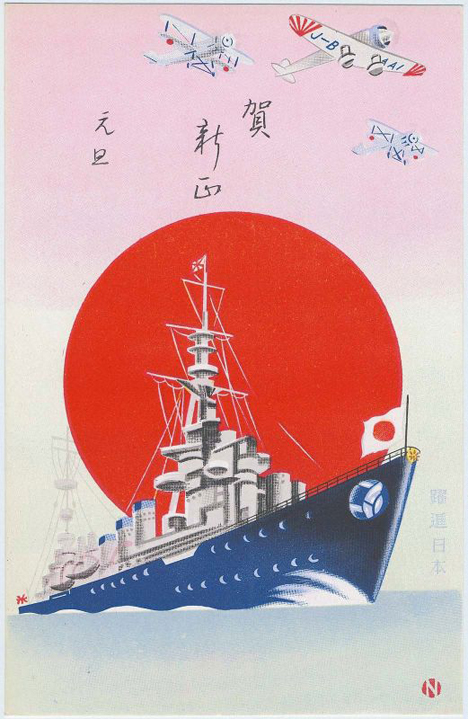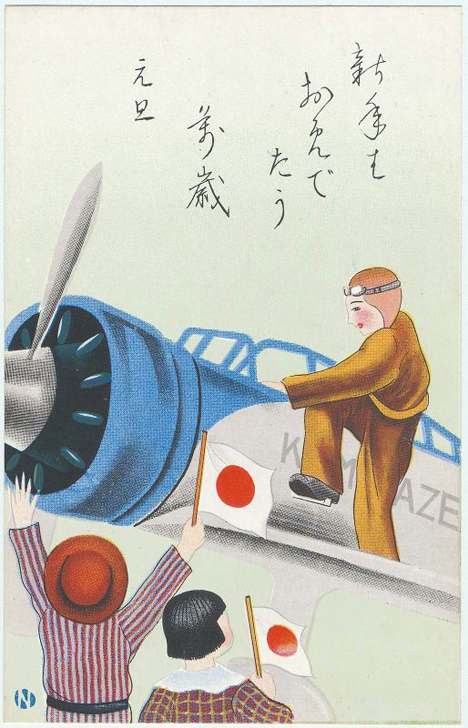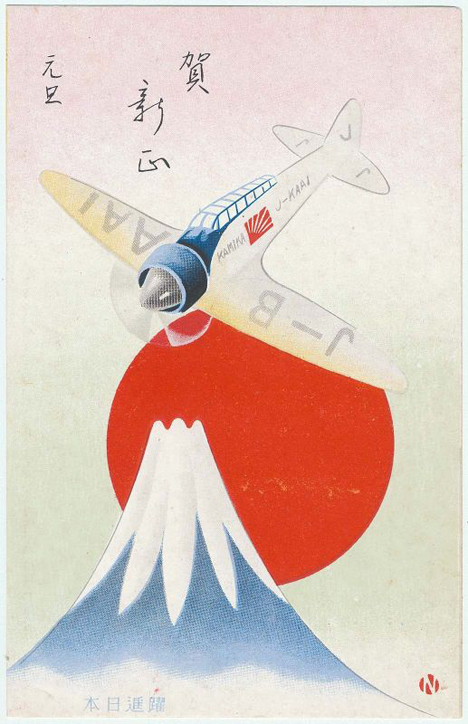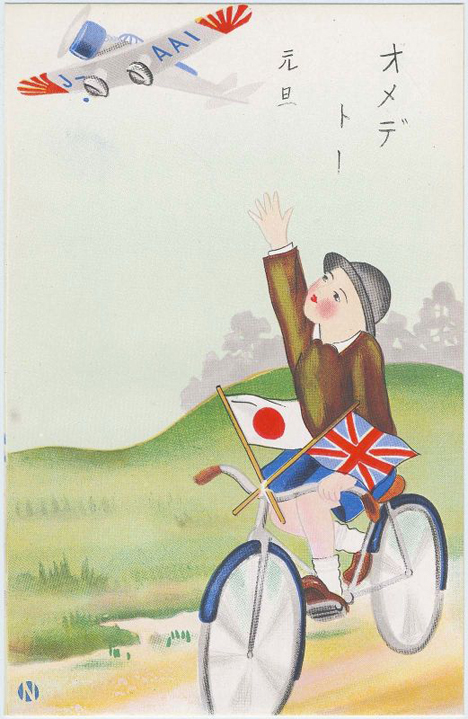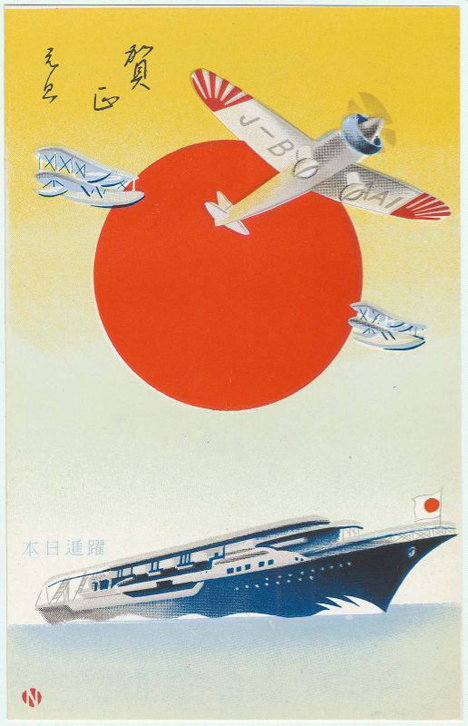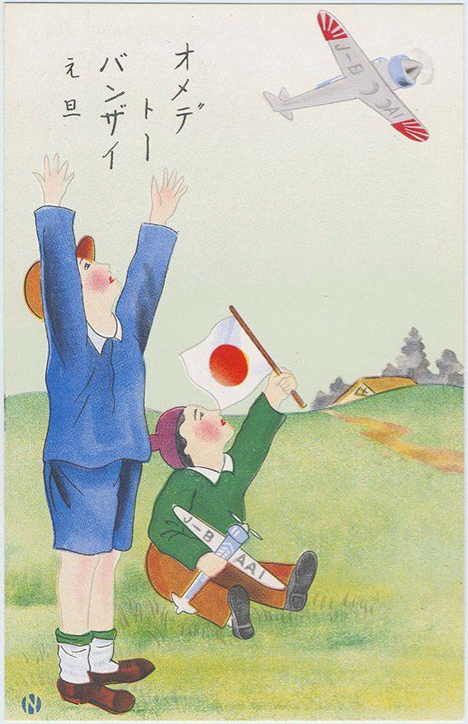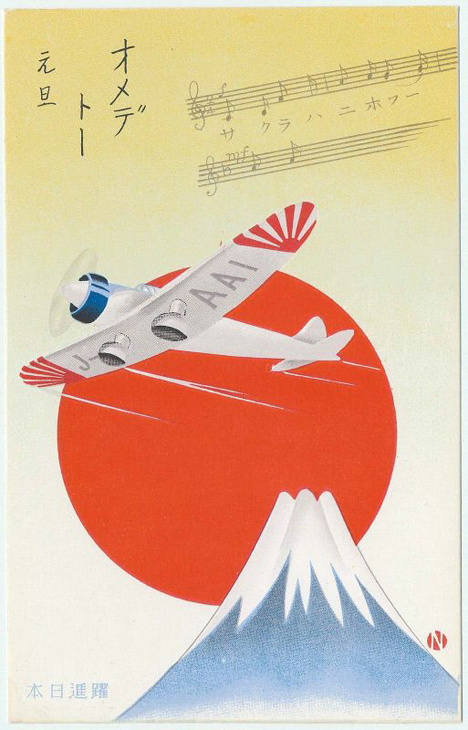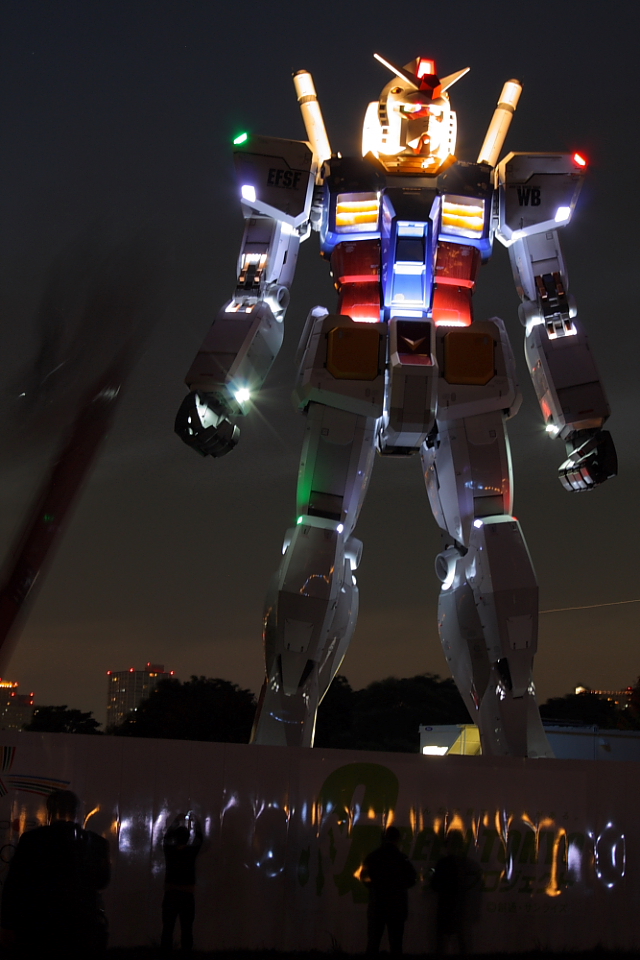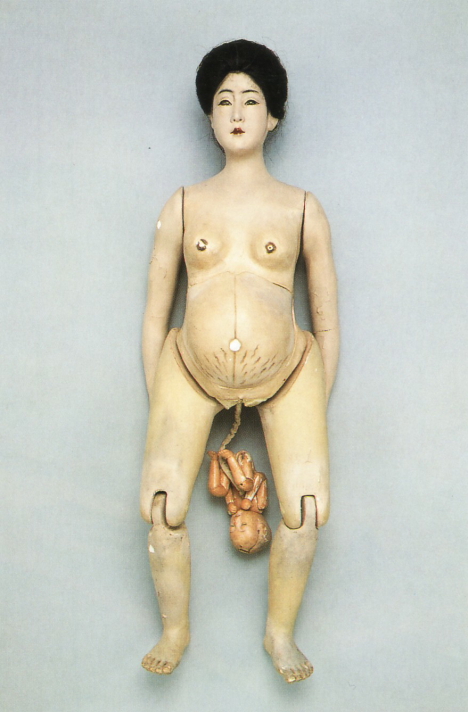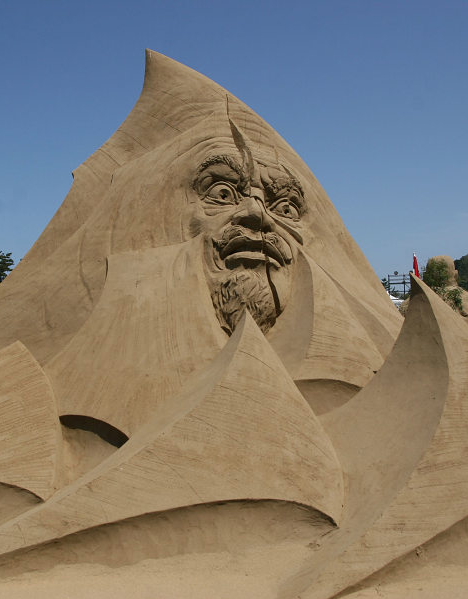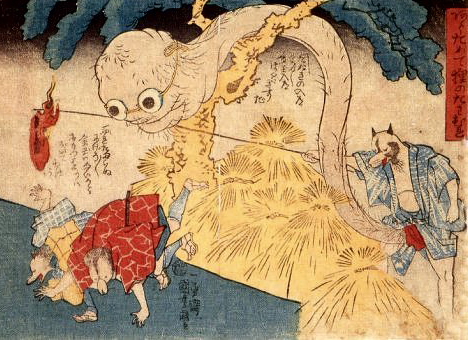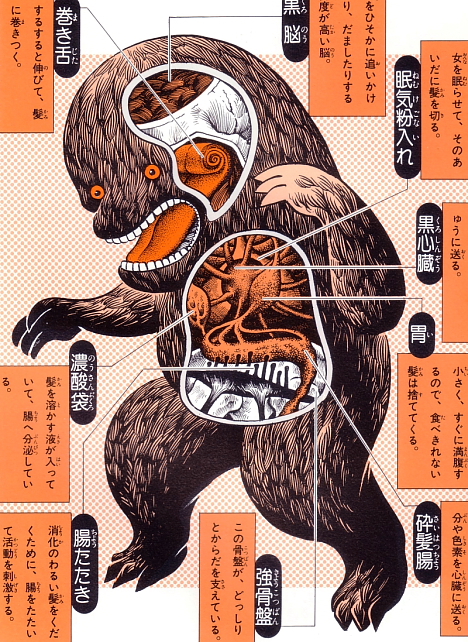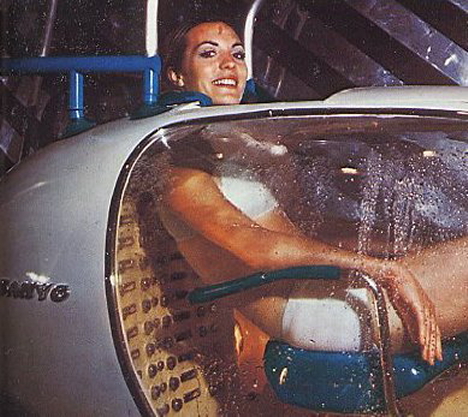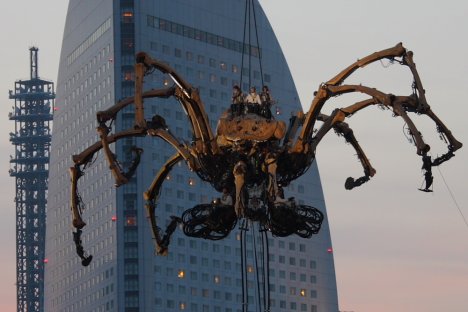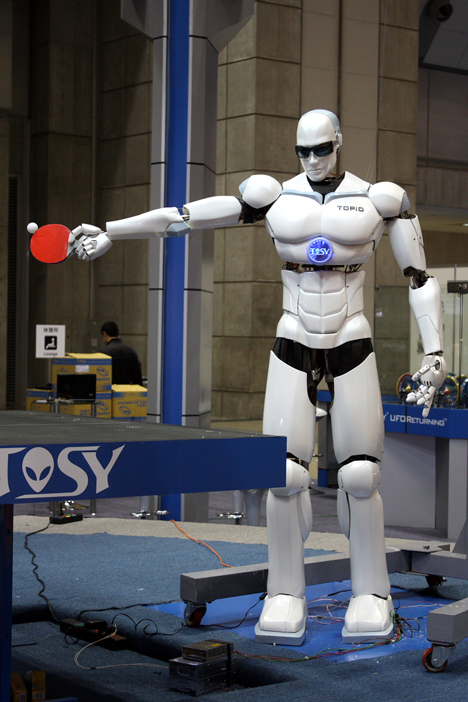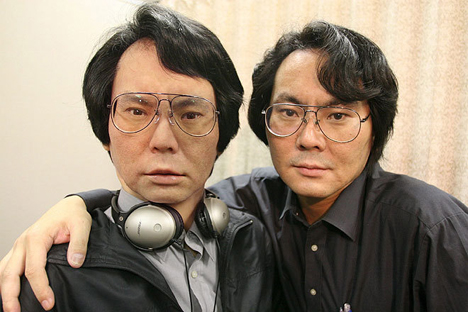Reports of mermaid encounters were not uncommon in 19th-century Japan, and a number of illustrated documents from that period -- including a few by notable natural historians -- depict some fantastic specimens rarely seen in today's world.
* * * * *
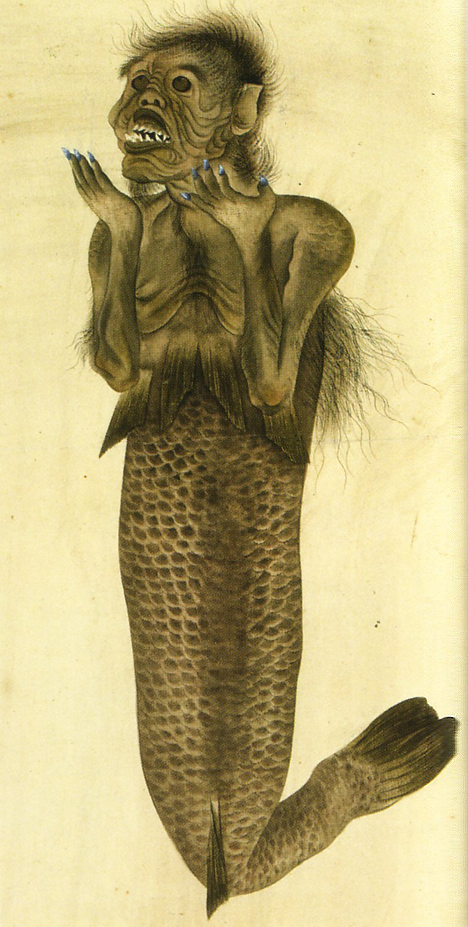
Mermaid illustration obtained by Blomhoff, late Edo period (artist unknown)
This mermaid illustration from the National Museum of Ethnology (Leiden, Netherlands) was obtained by Dutch trader Jan Cock Blomhoff, who served as director of the Dejima trading post in Nagasaki from 1817 to 1824. The drawing appears to show a different mermaid than Blomhoff's famous mummified specimen, which is also owned by the museum.
* * * * *
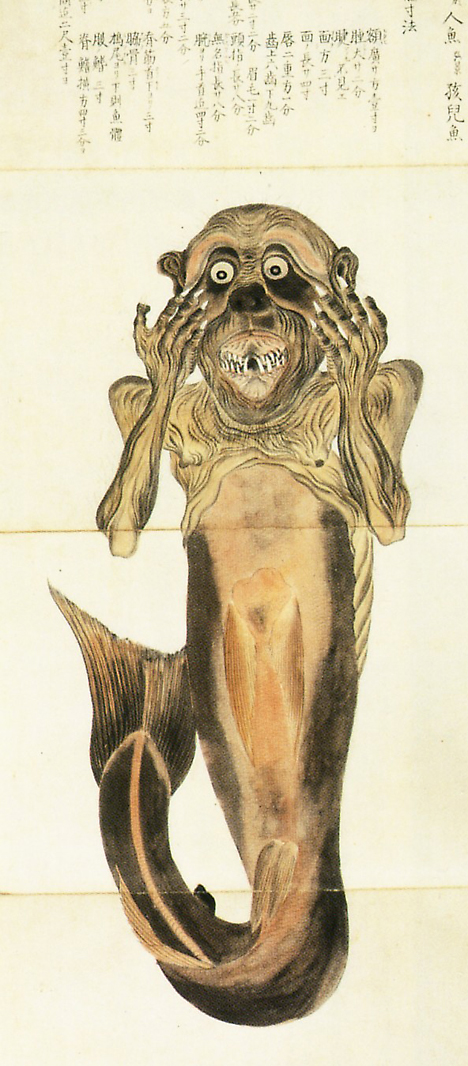
Noted natural historian Baien Mouri (1798-1851), a prolific illustrator known for his colorful depictions of plants and animals, included two sketches of a mermaid in his 1835 book Baien Gyofu ("Baien Book of Fish").
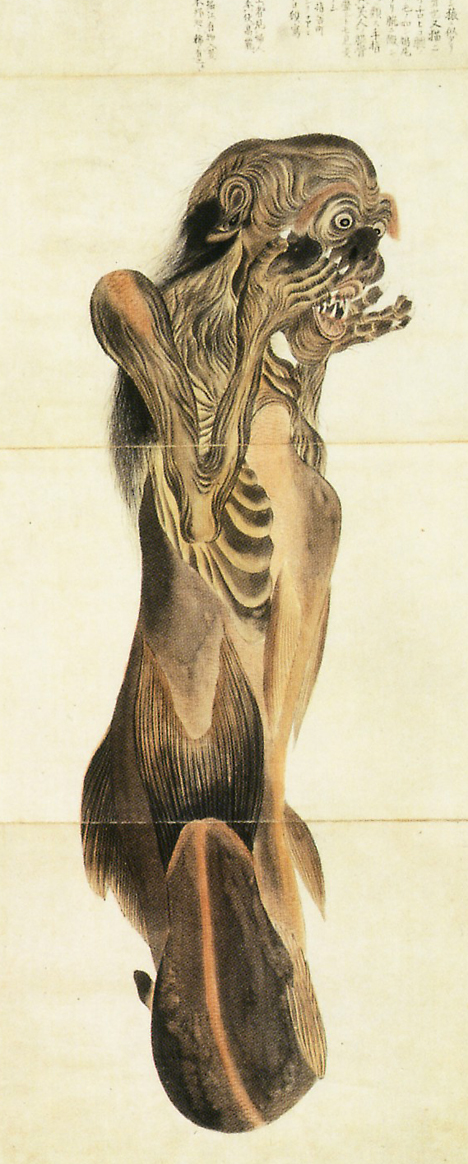
No apparent effort was made to distinguish the mermaid drawings from the dozens of other illustrations of known sea animals that appear in the book.
* * * * *

[Enlarge]
This 1805 illustration (artist unknown) from the Waseda University Theater Museum shows a mermaid that was reportedly captured in Toyama Bay. According to the accompanying text, the creature measured 10.6 meters (35 ft) long.
* * * * *
Keisuke Ito (1803–1901) -- a.k.a. the father of modern Japanese botany -- was a noted botanist, medical practitioner, and prolific natural history illustrator. He included several mermaid illustrations in his books, which consisted mostly of drawings of known animals.
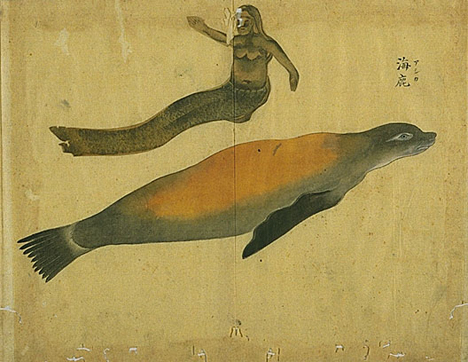
Ito's illustrated Kinka Juufu ("Book of Beasts") included a drawing of a mermaid swimming alongside an Australian sea lion (Zalophus lobatus).
* * * * *
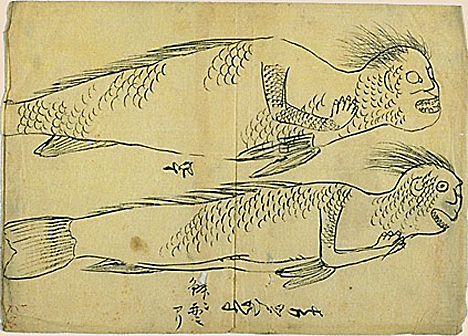
Kinka Gyofu ("Book of Fish"), another illustrated work by Ito, included a depiction of scaly mermaids measuring about 67 centimeters (26 in) long.
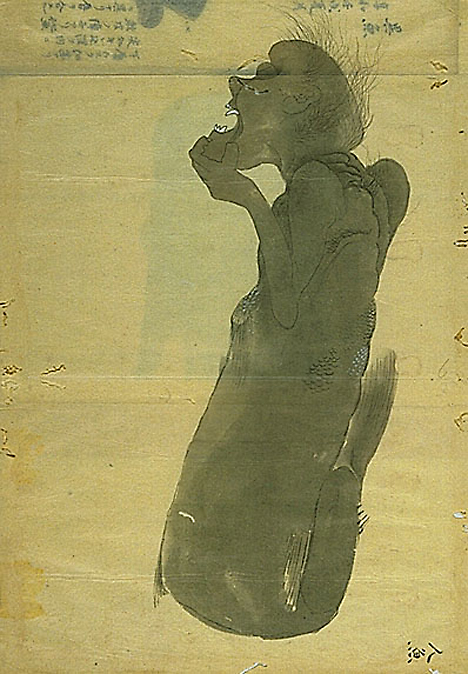
Ito also included this pair of mermaid illustrations in Kinka Gyofu with no apparent effort to distinguish them from the hundreds of other known fish and sea animals pictured in the book.
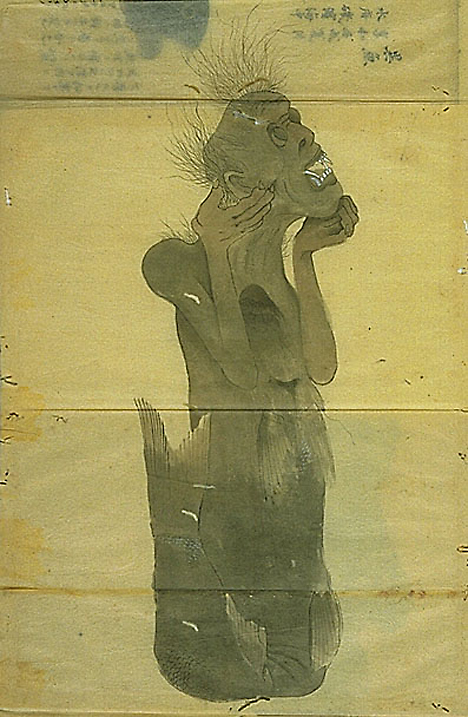
It is unclear whether these illustrations were based on actual observations. Were they the product of an overactive imagination? Were they deliberate fabrications? Or did mermaids once inhabit the waters of Japan?
